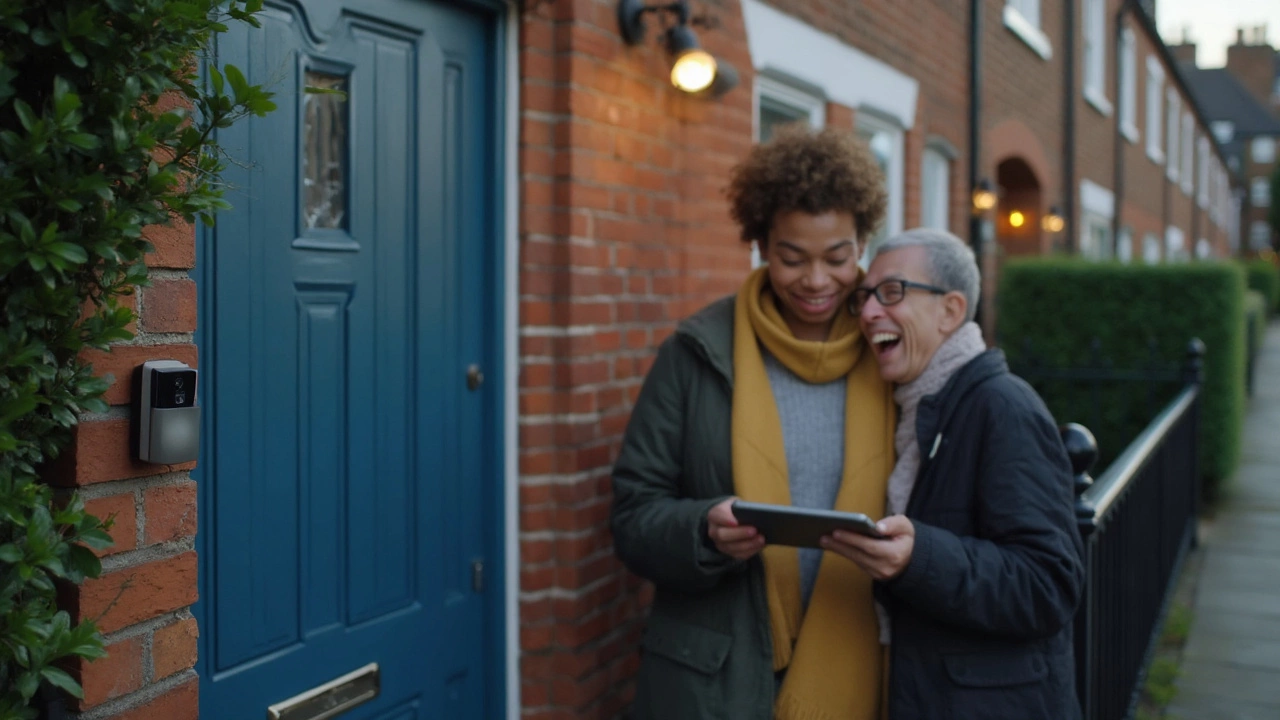If you’ve just bought a Ring doorbell or are thinking about one, you probably have a bunch of questions. Does it record all the time? How long do videos stay without a paid plan? Do you really need an electrician to fit it? Let’s break down the most useful bits so you can get the most out of your device without the guesswork.
Ring records video when its motion sensor is triggered or when you press the app’s live view button. The footage is saved to the cloud, not on the device itself. If you don’t have a Ring Protect subscription, each video is kept for a short period – usually 60 days – and only the most recent clips are available. Once the limit is reached, older videos are automatically deleted.
With a paid plan, you get continuous video storage for up to 12 months, plus the ability to download clips for later use. The subscription also unlocks advanced motion zones, richer video history, and faster alerts. If you’re on a tight budget, you can still use the free tier; just remember that you’ll lose older footage if you don’t act quickly.
To make the most of free storage, set up motion alerts only for the areas you really care about. This reduces the number of clips and extends the time each video stays available. You can also enable the “Snapshot Capture” feature – it takes a single photo instead of a full video, which uses less cloud space.
Most Ring doorbells are designed for DIY installation. You’ll need a drill, a screwdriver, and a stable Wi‑Fi connection. If you have a wired doorbell already, you can use the Ring’s power adapter to feed the device directly from your existing wiring. In the UK, the wiring voltage is usually 16‑24 V AC, which the Ring can handle.
Do you really need an electrician? Only if you’re uncomfortable working with electricity or if your doorbell box is hidden behind a sealed wall. For a battery‑powered model, no wiring is required – just charge the battery and mount the unit. If you opt for a wired setup, make sure you turn off the circuit at the breaker before you start, and double‑check that the wires are securely connected.
Once the device is up, protect it from tampering. Simple steps like adding a metal security bracket, adjusting the motion sensor height to avoid trees, and enabling two‑factor authentication on your Ring account make a big difference. Thieves have tried to disable Ring units by covering the camera or jamming the Wi‑Fi signal; a strong password and a backup power source (like a UPS) keep the doorbell online even during short outages.
Finally, keep your firmware up to date. Ring pushes updates automatically, but you can force a check in the app’s settings. New versions often patch security holes and improve video quality, especially in low‑light conditions.
In short, Ring’s core features revolve around motion‑triggered video, cloud storage that scales with a subscription, and a fairly straightforward installation process. By fine‑tuning motion zones, choosing the right storage plan, and taking a few simple security steps, you’ll get reliable front‑door coverage without unnecessary hassle.

Wondering if you have to pay monthly for a Ring doorbell in the UK? This article breaks down what you get for free, what a subscription covers, and whether Ring doorbells are worth it without paying a monthly fee. Find out the key features, potential hidden costs, and practical advice for homeowners or renters. Get real-world insight into how Ring compares with other doorbell solutions in the UK.